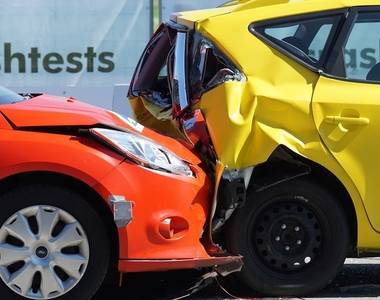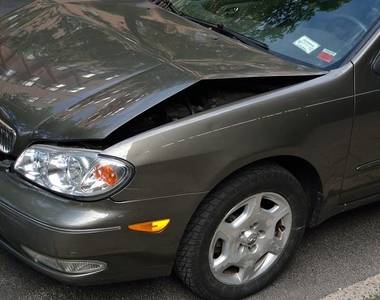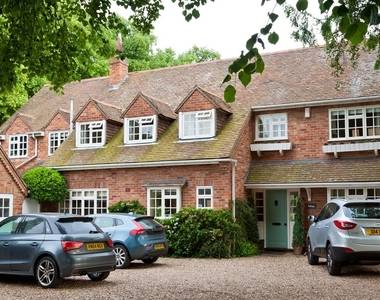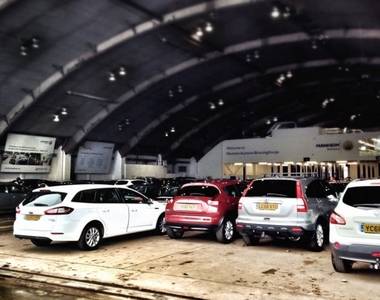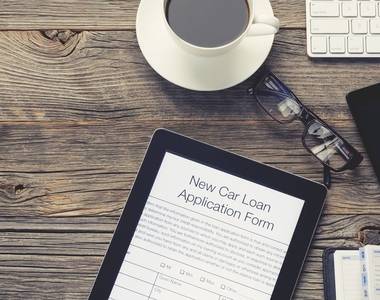Those first few days of being a driver can be as daunting as they are exciting, not least when it comes to getting your head around insurance. We’ve put together a guide that we hope will put your mind at ease as you embark on life behind the wheel.
How much is insurance for young drivers?
If you are under 25 years old, getting insured to drive a car can be a very expensive business, particularly if you’re in the 17 – 22 age range, when insurance may cost thousands of pounds.But, there are some insurers who specialise in cheap car insurance for young drivers.
Why?
When you take out an insurance policy, you are buying protection against a financial loss, such as damage to your home and belongings (household insurance), high vets’ bills (pet insurance), or damage to your car (car insurance).
Most insurance is optional, but you are legally obliged to have car insurance if you drive on the public highway. Driving without insurance can lead to a fixed penalty of £300 and six penalty points on your licence – not the best way to start your driving career!
Insurance providers are businesses and their overall aim is to make a profit and, simply put, they do this by hedging their bets. They agree to cover the costs if you have a car accident, while at the same time investing the insurance premiums paid by you and others to generate income. They can do this because only a relatively small proportion of the people they insure will require large pay-outs. The insurers meet their obligations and cover their costs and have money left to invest, creating profits.
In order to create these profits, they must assess the risk to them in terms of how likely it is that the event may occur, and whether it is more likely to happen to one group rather than another. In other words, is it more likely that a person under the age of 25 will have a car accident than a person of 48, for example?
Sadly, the answer to that question is ‘yes’.
In 2011, the Department for Transport found that a person aged 18 is three times more likely than a 48-year old to be involved in a car accident. Further, a crash happens to one in five drivers within the first six months of driving so young new drivers are particularly high risk.
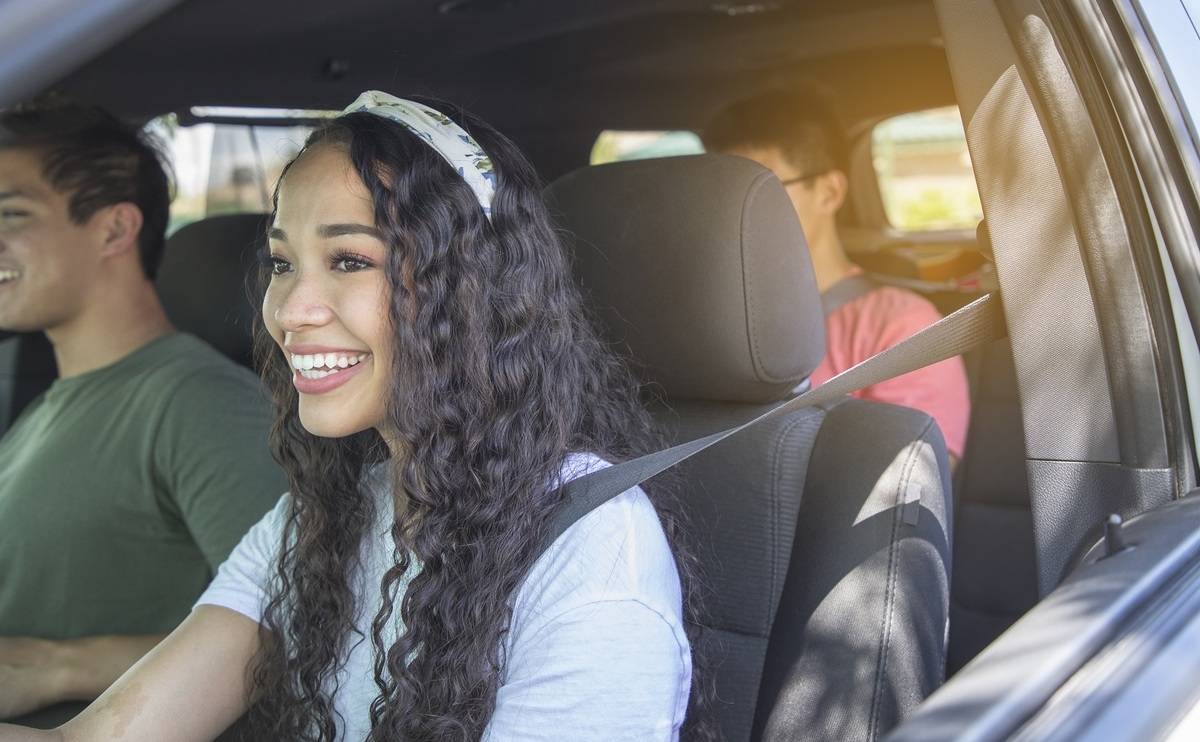
Cheapest cars for young drivers
As well as calculating the potential risk drivers pose, insurers also calculate the risk of the car being driven. Car models are divided into 50 insurance groups, where 1 is low risk and 50 is the highest risk group.
As a driver under 25, with little road experience and without a no-claims bonus, it makes sense to opt for a car in a lower insurance bracket, so take the following into consideration:
- Performance - you might think it;s a good thing to have a vehicle that goes from 0-60mph in an instant, but generally the higher the performance, the more frequent the claims.
- New car price - as a rule, newer vehicles cost more to replace.
- Parts pricing - totting up how much it would cost to replace parts of the car, including the body shell.
- Safety - including effectiveness of headrests and a bumper that protects pedestrians against serious injury
- Average repair time - if the vehicle is a model that tends to be slow to repair, this will probably put it in a higher group.
In summary, it may be cheapest to insure a used car with a small engine, with parts that are readily available and relatively inexpensive. To keep costs down, it’s a good idea to choose a car that is reasonably quick and easy to repair too. You also need to check the safety features.
Cars to consider
Insurance groups change over time, but the following are usually in the lower ones:
The Fiat Panda Active and Fiat Panda Active Eco
Fiat Pandas are noted as compact, low cost, lightweight cars that are cheap to run, and the Panda Active and Panda Active Eco are exactly that.
Pros: According to owner reviews, they are fairly basic but fun to drive and very economical to run, even in town. They are comfortable cars that perform well on motorways. Low insurance and low tax also make them an attractive buy.
Cons: Euro NCAP gives the Pandas an average two stars out of five.
Volkswagen Up
Pros: A small city car with excellent fuel economy, it’s fun to drive and sufficiently spacious for four adults, including the driver. The Volkswagen Up has been described as one of the best city cars and it performs well on motorways. It has strong crash avoidance technology and good crash protection.
Cons: It can be costly to buy and only has room for three passengers.
Citroen C1 Airplay and C1 Drive
A perennial favourite for young drivers, particularly with students. With the rear seats folded, there is room to ferry everything back and forth from university.
Pros: Economical to buy and to run, the manual models have very low carbon dioxide emissions and are exempt from road tax. It has the 'black box' telematics system as a standard fitting, which can further lower your insurance costs. The car scores three or four stars for safety depending upon the presence of crash avoidance technology.
Cons: Very small boot, but plenty of space with seats folded. A little noisy for motorway driving.
Ford Fiesta
This little car is so popular that it's been around for 40 years.
Pros: Fun to drive, solidly built, roomy interior and cheap to run. Classed as a super mini, it has an impressive five star safety rating.
Cons: Interior fittings are a bit cheap looking, and there is limited headroom in the glass-roofed versions.
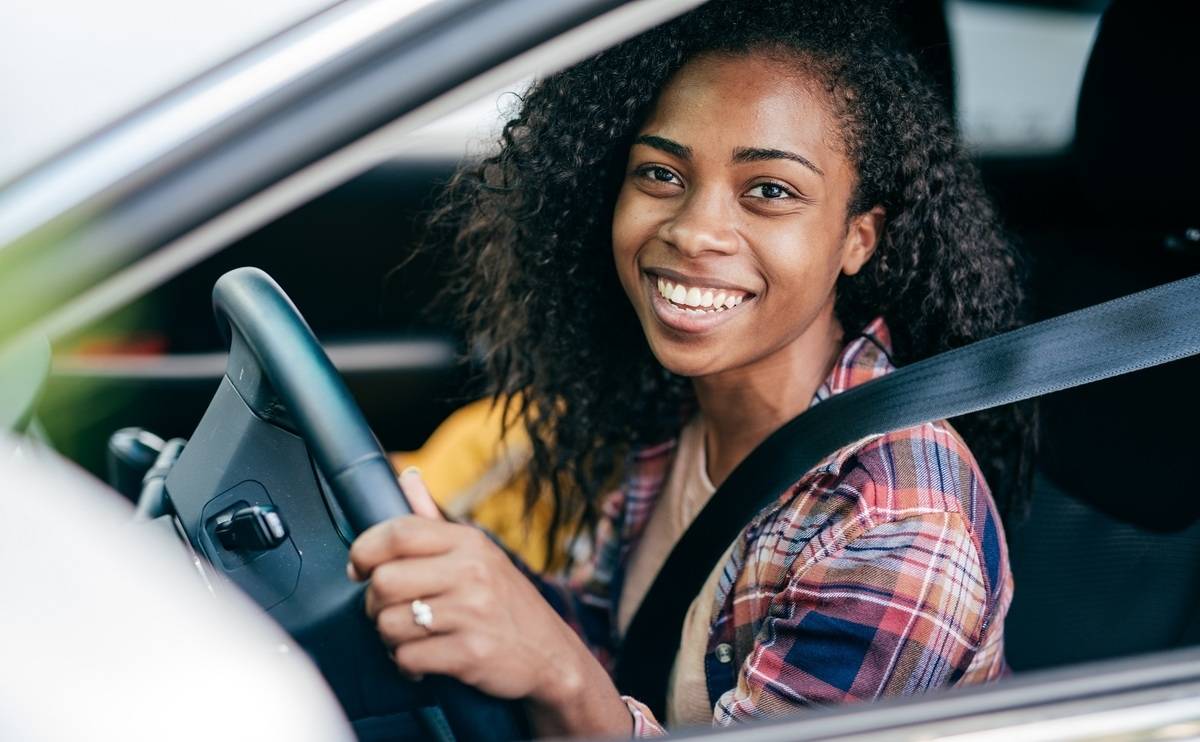
How to get cheap insurance
Many young drivers begin their driving career by getting insured on the family car. You have no choice in the car you drive and you will not build up your own no-claims bonus, but you will gain experience by the time you get your own car.
When you buy your own car, go for a small, lower-powered model in a low insurance group, bearing in mind all the things we have already mentioned.
Opt for a car with a high safety rating, and take the time to shop around. A little time spent browsing could save you hundreds on insurance, but make sure you get all the cover you need.
How to make insurance cheaper for young drivers
Consider the type of insurance you need:
- Third party insurance provides cover for any damage you may cause to another person or vehicle. Your car is not covered and neither are you.
- Third party, fire and theft covers other people and their vehicles and gives your car cover in case it is stolen or is damaged by fire
- Fully comprehensive includes everything above and insures you and your vehicle if it is damaged
Don’t assume that the cheapest option is necessarily the best for you. What would it cost to repair or replace your car if it were damaged or written off in an accident? Proportionally, third party, fire and theft is one of the more expensive types of insurance because it is so frequently chosen by young drivers
Black box policies
This means an app is installed in your car that monitors how and when you drive. It enables the insurance company to assess your driving safety as an individual, rather than lumping you in with the young drivers who do have accidents. This could save you around a thousand pounds a year, which may provide a higher level of insurance cover.
Don’t ‘Pimp Your Car’
You may be tempted to modify your car, but it can increase your insurance by hundreds of pounds. Resist the urge if you want to keep your premiums low.
Add an experienced named driver
Adding a more experienced, older driver to your insurance policy can reduce your premiums. Make sure you elect someone who has no points on their licence. Be aware, however, that naming this person as the main driver on your car is illegal.
Add extra security
An immobiliser or a car alarm can reduce your premiums and parking on a driveway or in a garage also improves your security.
Increase your excess
The excess is the amount of money you will pay towards any claim you make on your insurance policy. For example, if your excess is £250 and the repairs cost £750, the insurance company will give you £500 towards the repairs. Check your policy to see if you can get any reduction by voluntarily increasing the excess.
Pay annually
It’s not an option for everyone, but if you can, pay your insurance premium as an annual lump sum rather than monthly. Doing this means you do not pay interest charges and so save money.
Best insurer for young people?
There are so many insurers in the market that it pays to shop around and get quotes from different providers.
It may be an advantage to look at comparison sites and insurers who offer special deals for younger drivers based upon the installation of a black box and perhaps a curfew preventing night driving.




